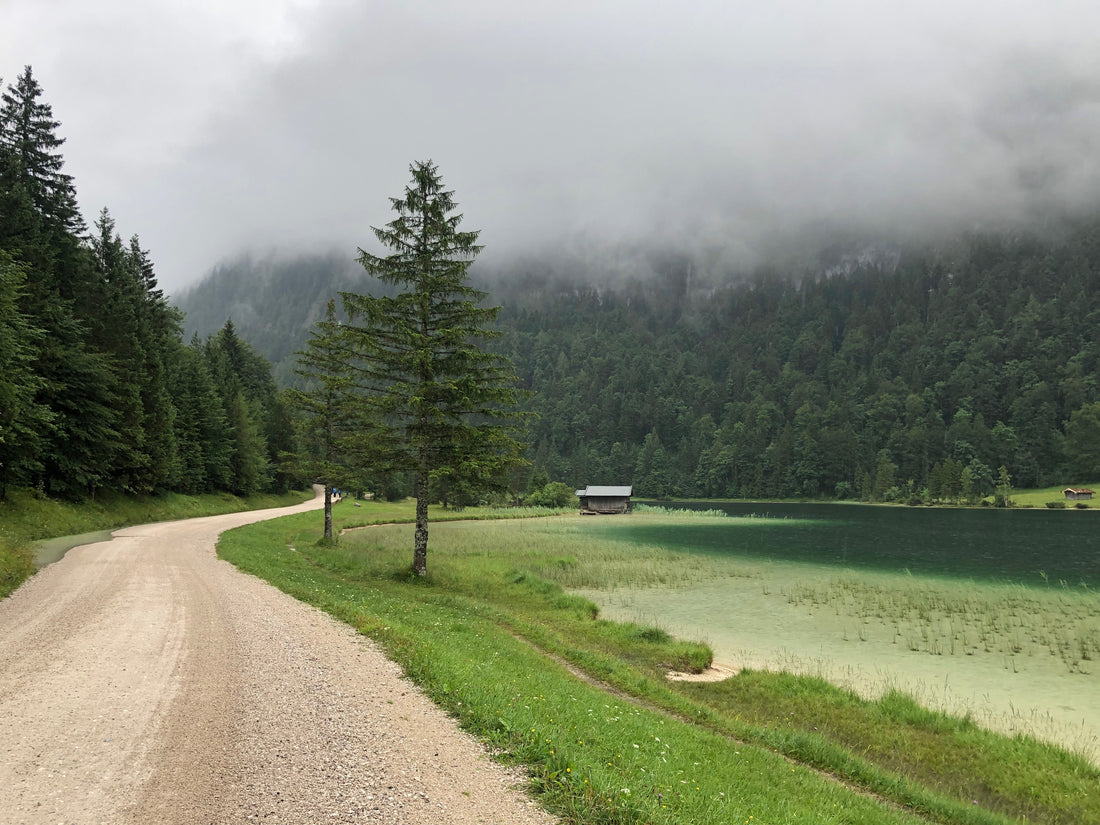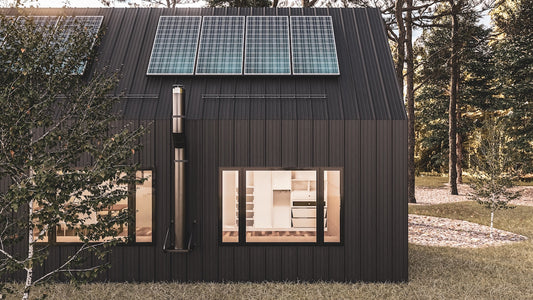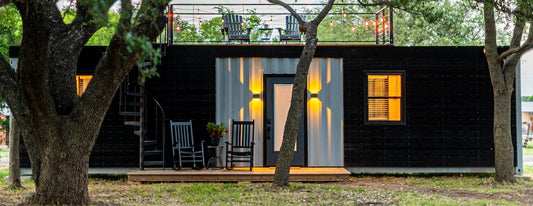One of the key factors that can affect the value of residential land is the availability of legal access. In order to maximize the value of your property, it's important to ensure that you have the legal right to access the land and that the access is organized in a way that is convenient and efficient.
There are several steps you can take to improve the legal access to your residential land:
Negotiating with the property owner(s)
If your land does not have a road or driveway leading to it, you may need to establish a legal right-of-way in order to provide access. One option involves negotiating with the property owner(s) whose land the right-of-way would cross and obtaining the necessary legal agreements.
If you are seeking to establish a legal right-of-way across the property of another individual or entity, it's important to approach the negotiation in a respectful and professional manner. Here are some arguments that you might consider using to persuade the property owner(s) to grant you a right-of-way:
- The right-of-way is necessary for access to your land: One of the most compelling arguments for a right-of-way is that it is necessary in order for you to access your land. If the property owner(s) understand that the right-of-way is essential for you to use and enjoy your property, they may be more willing to grant it as you will become their future neighbor.
- If the right-of-way will not significantly impact the value or use of the property owner's land, they may be more willing to grant it. For example, if the right-of-way is for a small, infrequently used road or driveway, the property owner may not see it as a significant burden.
- In some cases, the property owner may be willing to grant a right-of-way if you are willing to compensate them for it. This could involve paying a one-time fee or providing some other form of compensation, such as maintenance or improvements to the right-of-way. If your land has an existing access road, you may be able to use this as an argument by maintaining or upgrading the road. This could involve paving the road, adding drainage, or making other improvements to make it more accessible and attractive.
If the agreement was met, don’t forget to formalize a written agreement or deed with the owner of the property.
Mediation
If you are unable to reach an agreement with the neighbor on your own, you may consider using a mediator to help facilitate negotiations. A mediator is a neutral third party who can help facilitate communication and assist in reaching a resolution. Check if there are other neighbors in the vicinity who have a good relationship with the owner that could help you to convince the owner to provide you with a right of way.
By using these ideas, you may be able to persuade the property owner(s) to grant you a legal right-of-way. However, it's important to note that the negotiation process can be complex, and it may be helpful to consult with a real estate lawyer or another legal professional to ensure that your interests are protected.
Easement by necessity
If you own land that is completely surrounded by another person's property, and you have no other access to a public road, you may be able to obtain an easement by necessity, which would give you the right to use a portion of the surrounding property for access to your land.
Prescription
In some jurisdictions, you may be able to obtain a right of way by demonstrating that you have used the property openly and continuously for a certain period of time, without the permission of the owner. This is known as "prescription," and it is similar to the process of adverse possession. Prescription creates an easement in favor of use.
Adverse Possession
One of the ways to get a right of way to residential land is by proving that you used the property before. This process, known as "adverse possession," allows a person to gain ownership of a piece of property through the use and occupation of the land without the permission of the legal owner. Adverse possession establishes fee title to the real property occupied.
To establish adverse possession, you must be able to show that you have been using the land openly and continuously for a period specified by state law, without the permission of the legal owner. You must also show that your use of the land was continuous and uninterrupted during this period.
To prove that you have used the land continuously and openly, you may need to provide evidence such as photos, witness testimony, or other documentation. You may also need to show that you have maintained the land and made improvements to it.
If you can establish adverse possession, you may be able to obtain a right of way. However, the legal owner of the property may contest your claim, and the matter may need to be resolved in court.
It is important to note that the process of adverse possession can be complex and may vary from state to state. It is always a good idea to seek the advice of a lawyer if you are considering pursuing a claim of adverse possession.
It is important to note that the laws governing rights of way and easements vary from state to state, and it is always a good idea to seek the advice of a lawyer if you are considering obtaining a right of way to residential property.





